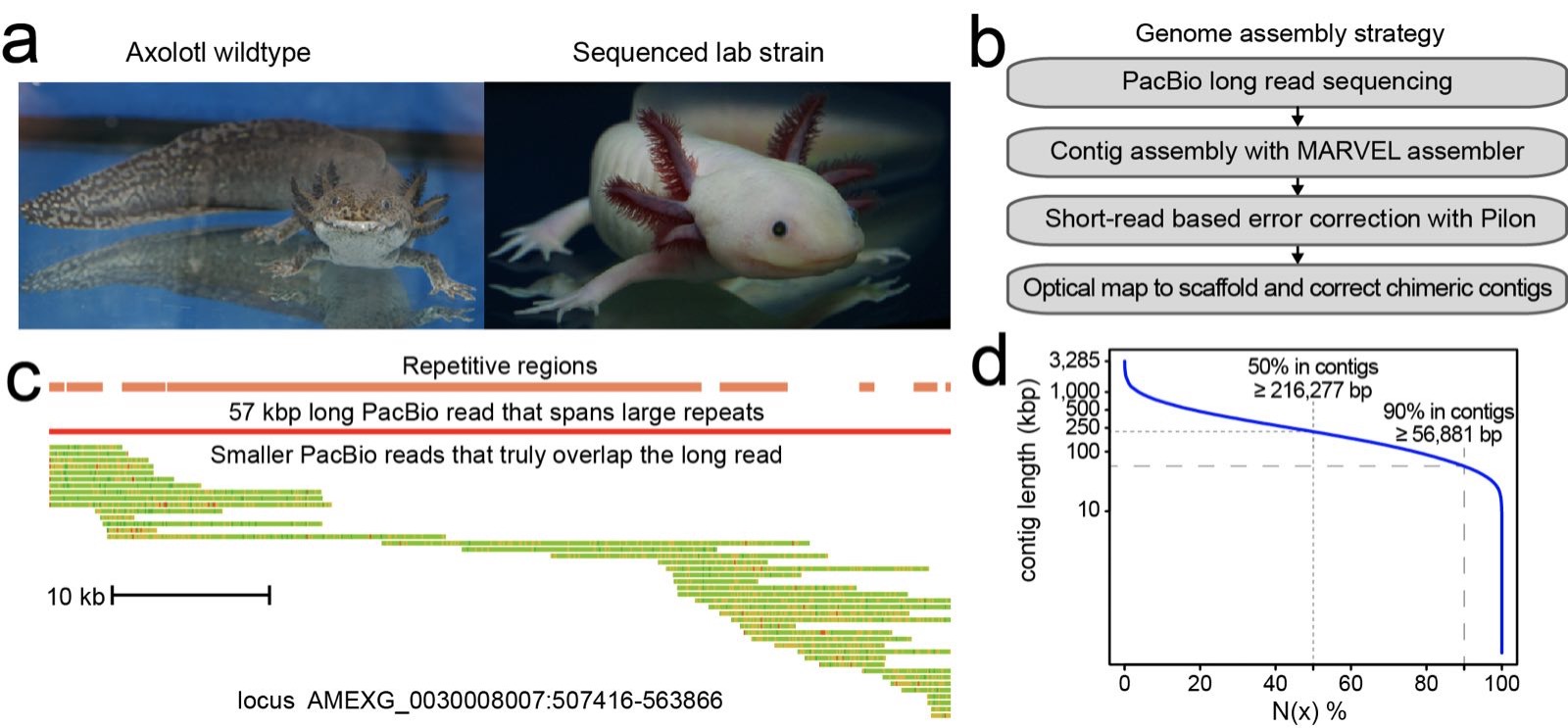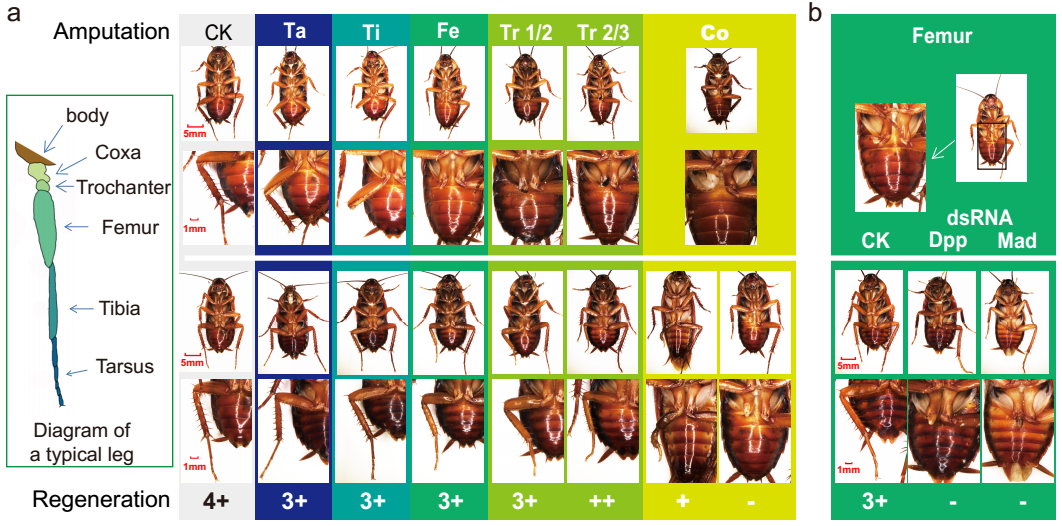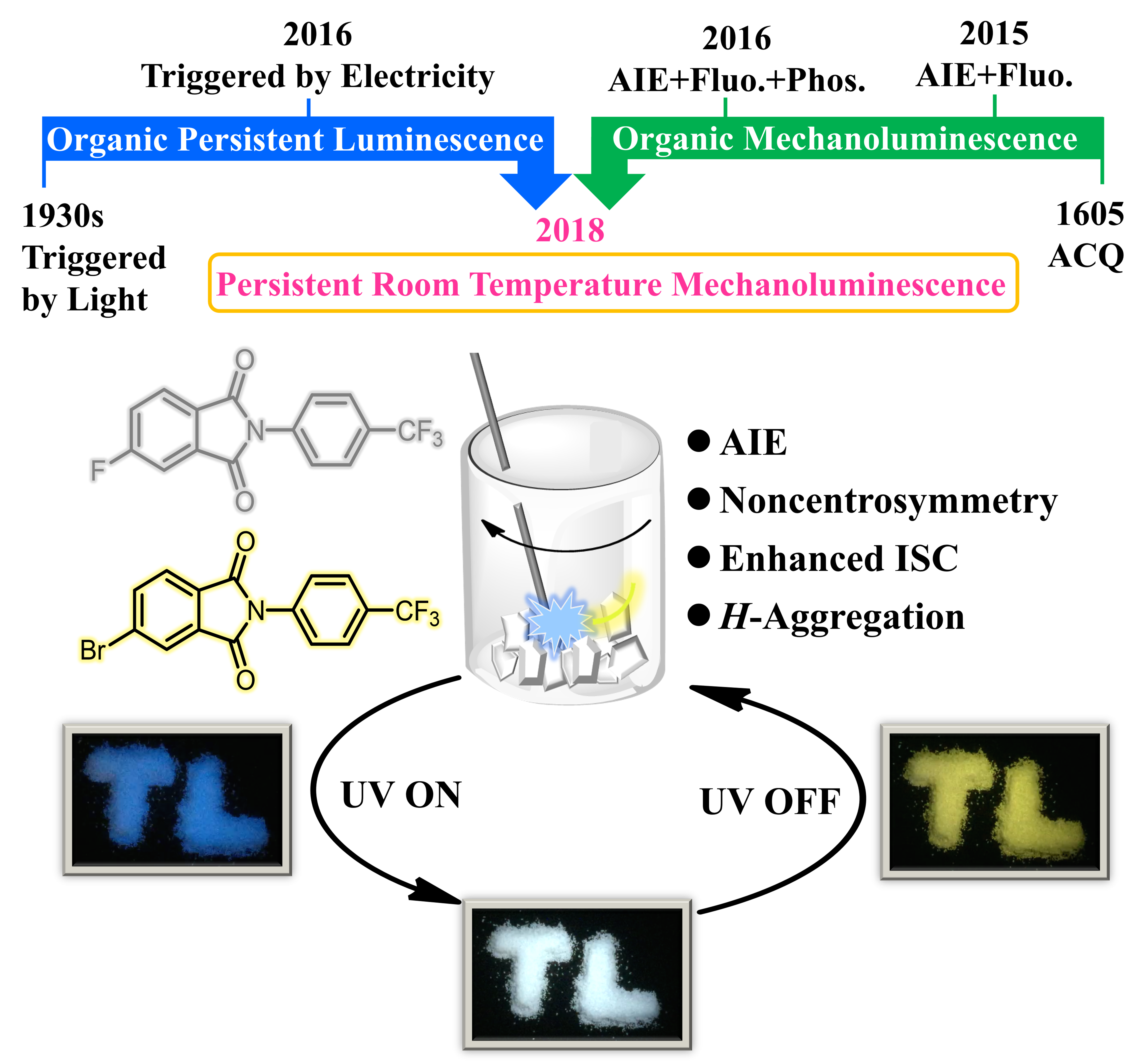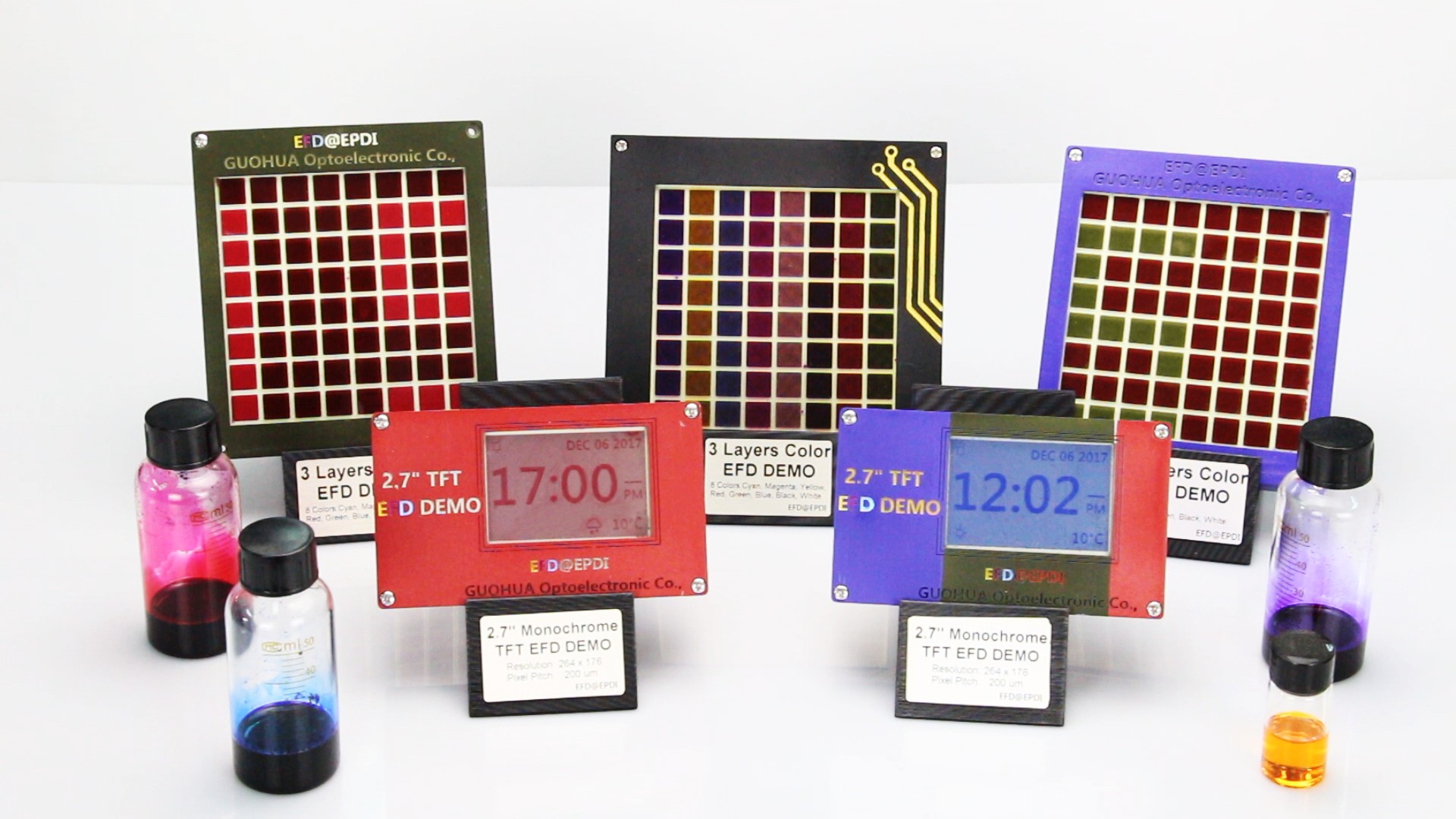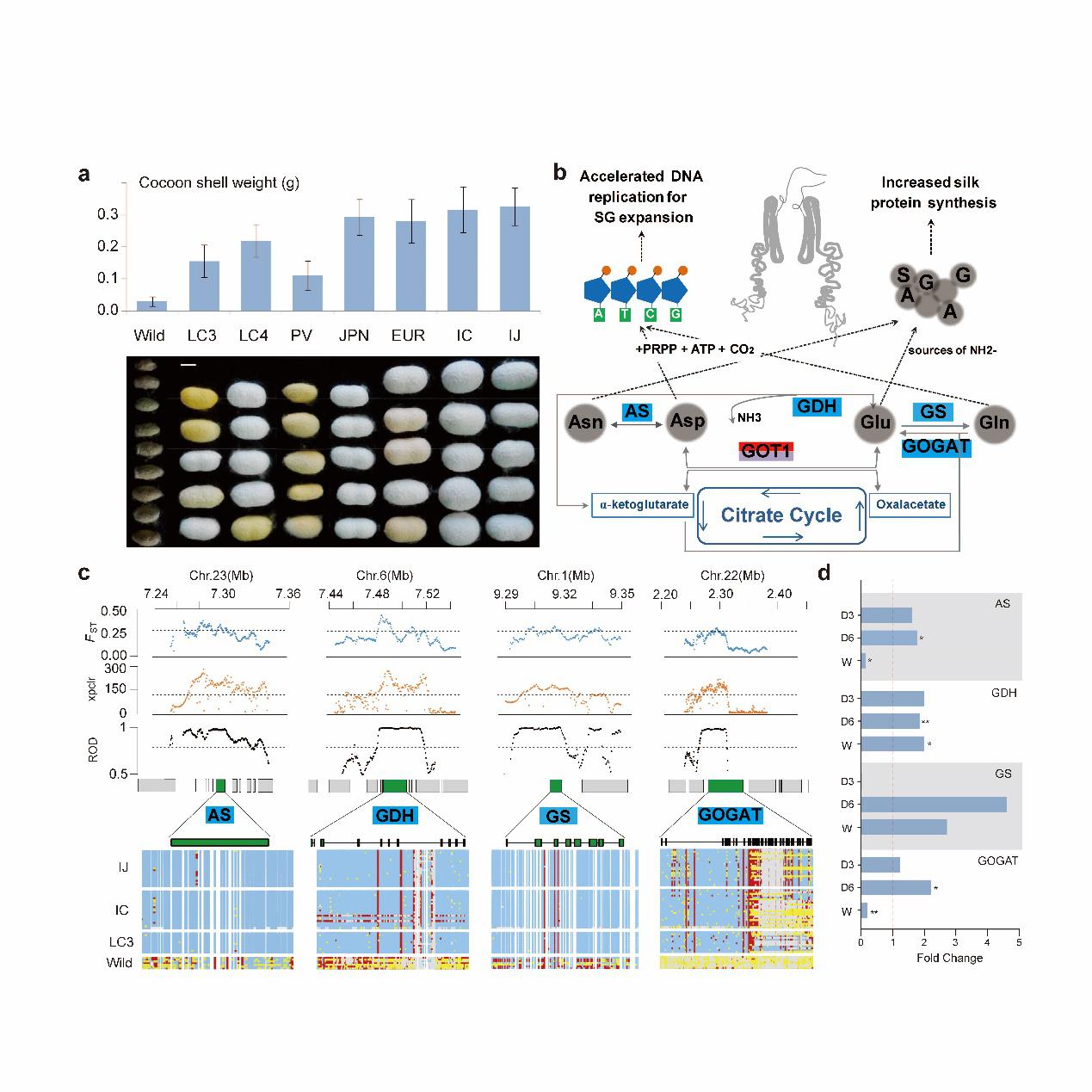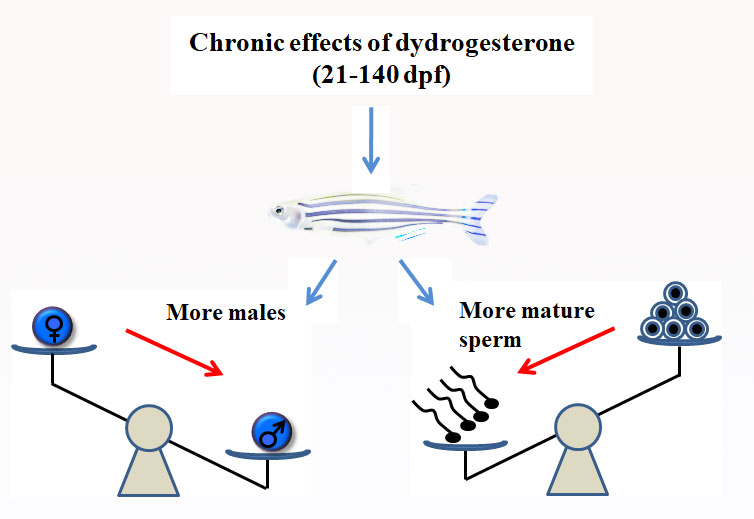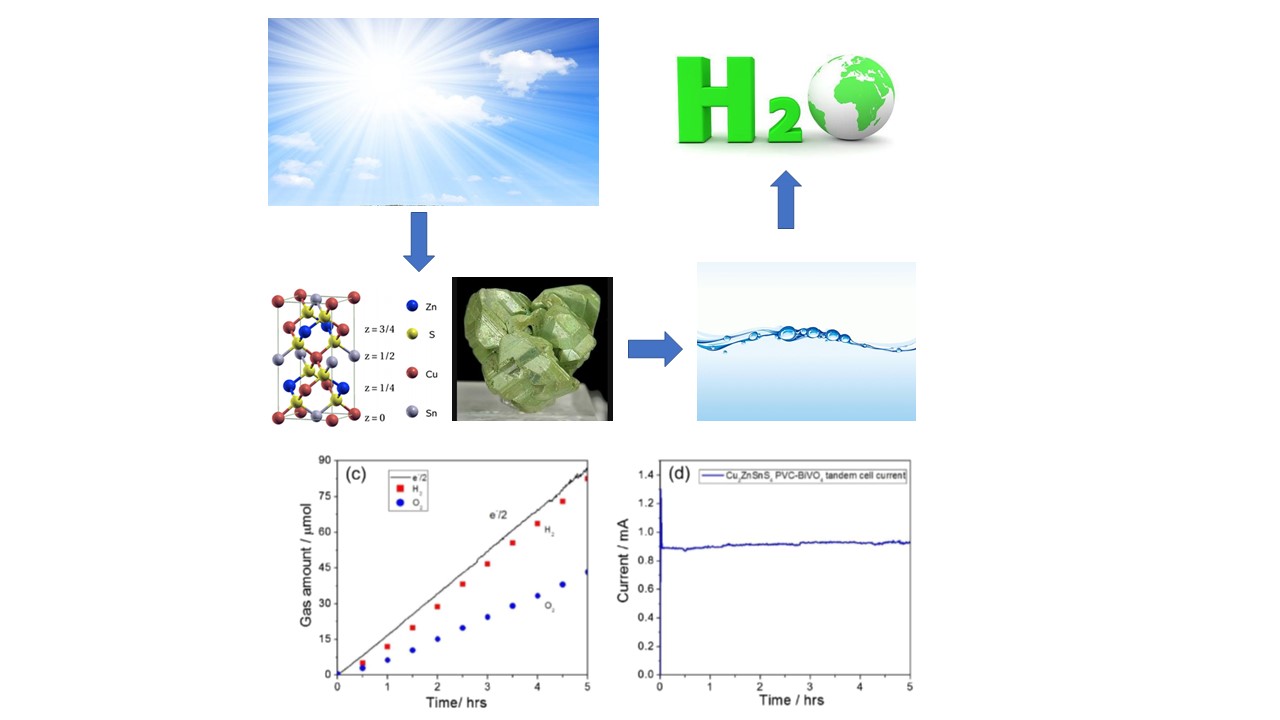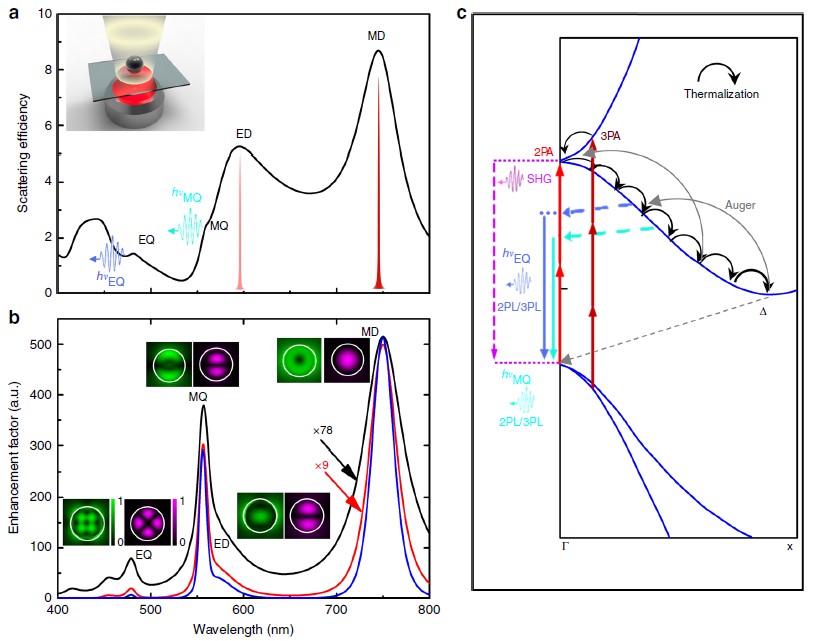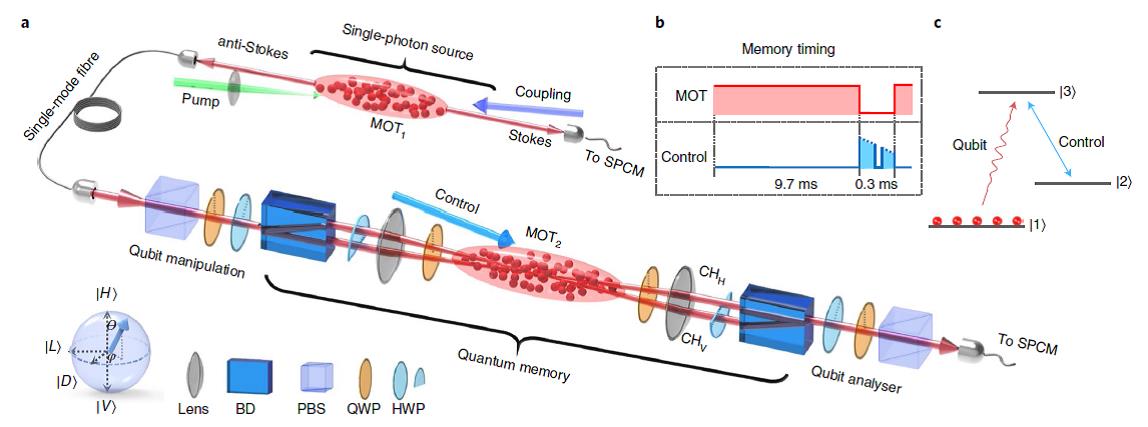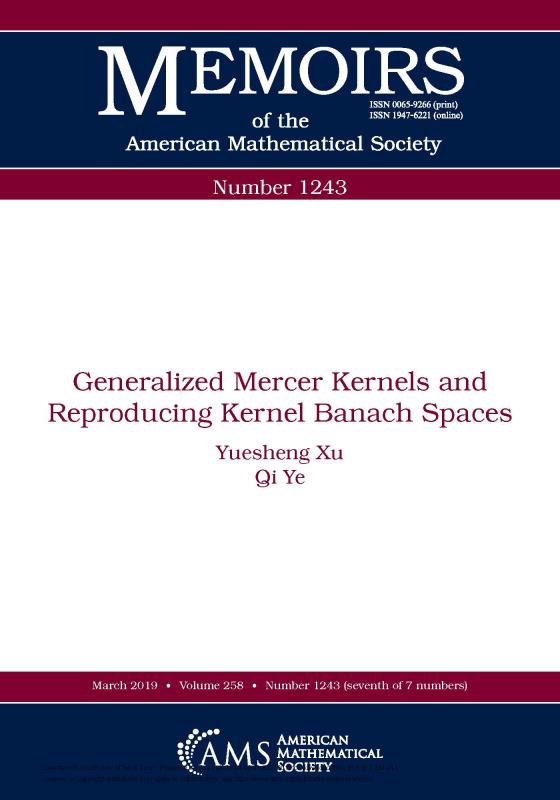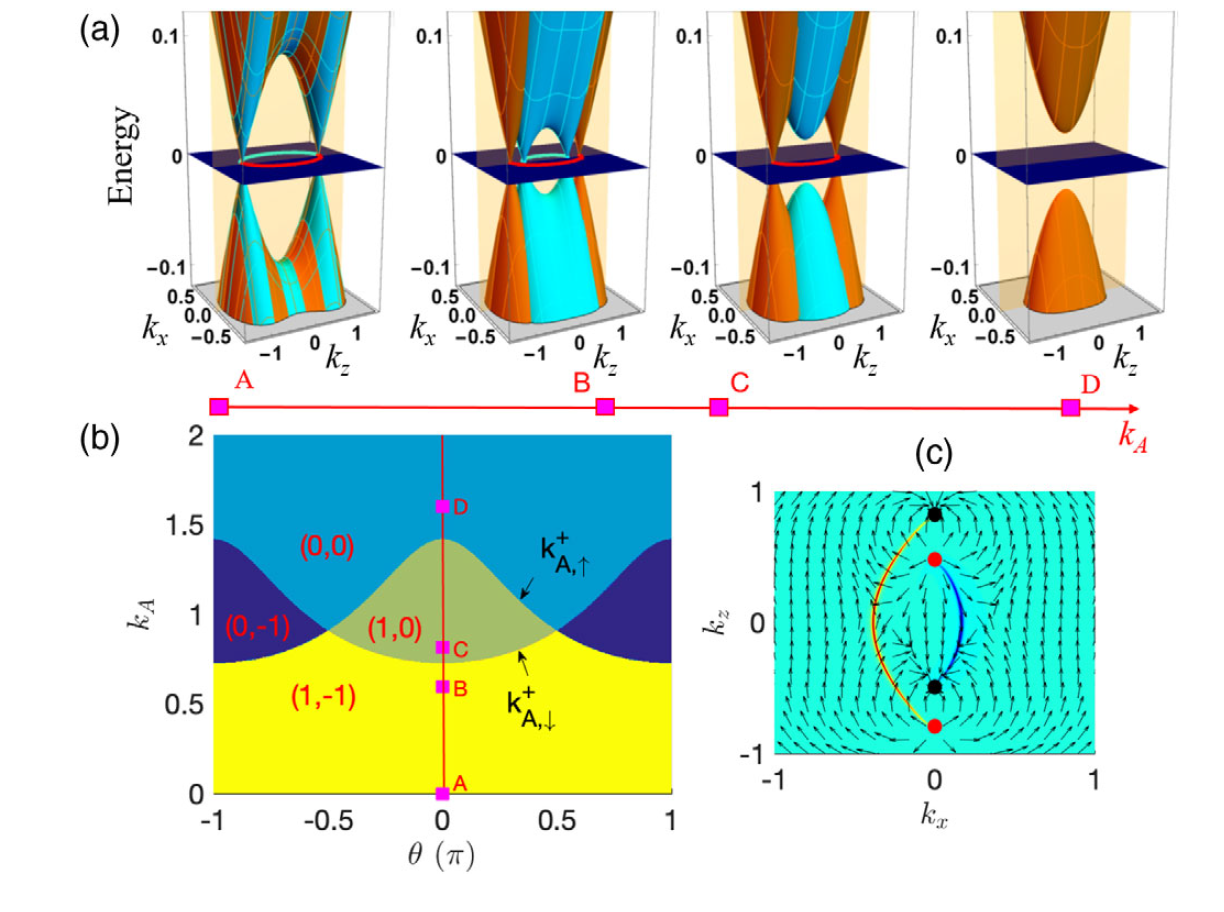
Likes
On November 15, a research team of the School of Physics and Telecommunications & Engineering of SCNU, together with the Guangdong Provincial Key Laboratory of Quantum Engineering and Quantum Materials published an article in Physical Review Letters.
Spintronics is a field of research aimed at manipulating electron spin, realizing magnetic storage of quantum information and solving scientific problems such as heating of miniaturized devices.
Lots of difficult problems were faced in traditional spintronics studies, such as the low efficiency of spin current generation or spin injection, the difficulty of spin polarization controlled by high efficient electricity, and the incompatibility with traditional microelectronics technology.

(Figure of the paper to explain the theory)
In this research, the team found a novel phase and dubbed it the Weyl half-metal (WHM) phase. With further study on the spin-dependent transport in a Dirac-Weyl semimetal junction, the team found a spin filter effect as a fingerprint of the existence of the WHM phase. The proposed spin filter effect, based on the WHM bulk band, is highly tunable in a broad parameter regime and robust against magnetic disorder, which is expected to overcome the shortcomings of the previously proposed spin filter based on the topological edge or surface states. Therefore, the research offers a unique opportunity to explore the potential applications of topological DSMs in spintronics.
With regard to this research, South China Normal University is the first signed unit, while the cooperative unit is Nanjing university (NJU). Li Xiaoshi, a postgraduate student of SCNU is the first author of this paper. Dr. Deng Mingxun, Professor Wang Ruiqiang of SCNU and Professor Xing Dingyu of NJU are the co-corresponding authors. Also, post-doctor Duan Houjian, postgraduate Fu Peihao of SCNU and Professor Sheng Li of NJU, etc. participated in this research. The research was supported by the key research and development program of the Ministry of Science and Technology, the National Natural Science Foundation of China and the Natural Science Foundation of Guangdong Province, China.
Sourced from the School of Physics & Telecommunication Engineering
Translated by Wen Yanyu
Proofread by Edwin Baak
Reviewed by Li Jianru
What to read next:
